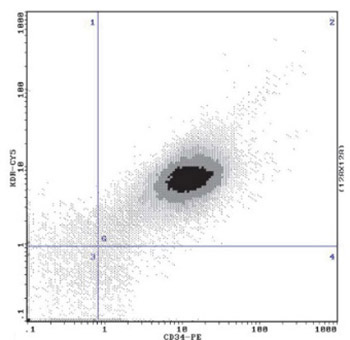Influence of Rho Kinase Inhibitor Fasudil on Late Endothelial Progenitor Cells in Peripheral Blood of COPD Patients with Pulmonary Artery Hypertension
DOI:
https://doi.org/10.17305/bjbms.2014.2295Keywords:
Rho Kinase Inhibitor Fasudil, chronic obstructive pulmonary diseases, pulmonary artery hypertensio, endothelial progenitor cells, number and function of the late endothelial progenitor cellsAbstract
The objective of our work was to investigate the influence of Fasudil, a Rho inhibitor on the number and function of the late endothelial progenitor cells in peripheral blood of chronic obstructive pulmonary diseases (COPD) patients with pulmonary artery hypertension. Eighty COPD patients with pulmonary artery hypertension were selected and divided into two groups: the treatment group and the control group, which had 40 patients respectively. The control group received routine treatment, including oxygen uptake, anti-infection and phlegm dissolving. The treatment group received the Fasudil in addition to the routine treatment. The changes on the number and function of the late endothelial progenitor cells in peripheral blood of the patients before and after the treatment were compared between the two groups. The changes on the pulmonary artery pressure were also compared. The number of the late endothelial progenitor cells in peripheral blood of the treatment group increased and the function was enhanced. The pulmonary artery pressure was reduced. The difference before and after the treatment and with the control group was statistically significant (p<0.05). The changes on the number and function of the late endothelial progenitor cells in peripheral blood and the pulmonary artery pressure before and after the treatment of the control group were not statistically significant (p>0.05). The Rho-kinase inhibitor Fasudil increased the number and enhanced the function of the late endothelial progenitor cells in peripheral blood of COPD patients with pulmonary artery hypertension.
Citations
Downloads

Downloads
Additional Files
Published
Issue
Section
Categories
How to Cite
Accepted 2017-07-20
Published 2014-05-20









